Desmond Hearne Morrey is an intern at the Fab Foundation. His role includes reviewing and featuring SCOPES-DF lessons for the community blog. Click here to read part 1 and part 2 of this blog series.
Hi all, I’m back with one last post to talk about something I’m calling “pedagogical telos”, or the ends behind teaching and education. The ways we teach, design curriculum, and evaluate students all reveal different things about our unique pedagogical teloi. We should be mindful of the implied ends or goals of our curriculums, because while some are productive and helpful to students, others are not. Here, I’ll showcase a lesson that I think is mindful of the goals it commits itself to and, as a result, is a good lesson. I’ll also discuss why I think this framework for talking about lessons is important and how we can use it as educators.
Featured Lesson: Wakandan Bling by Nettrice Gaskins
Nettrice Gaskins’ lesson Wakandan Bling is an exploration of adinkra, using digital fabrication technology, particularly in the context of the movie Black Panther. Adinkra are visual symbols that represent concepts or aphorisms. They originated in Ghana and are used by the Ashanti and Baoulé people. In this lesson, students are introduced to cultural symbols in Black Panther, and use digital fabrication tools to create their own Wakandan bling, centered in an understanding of adinkra.
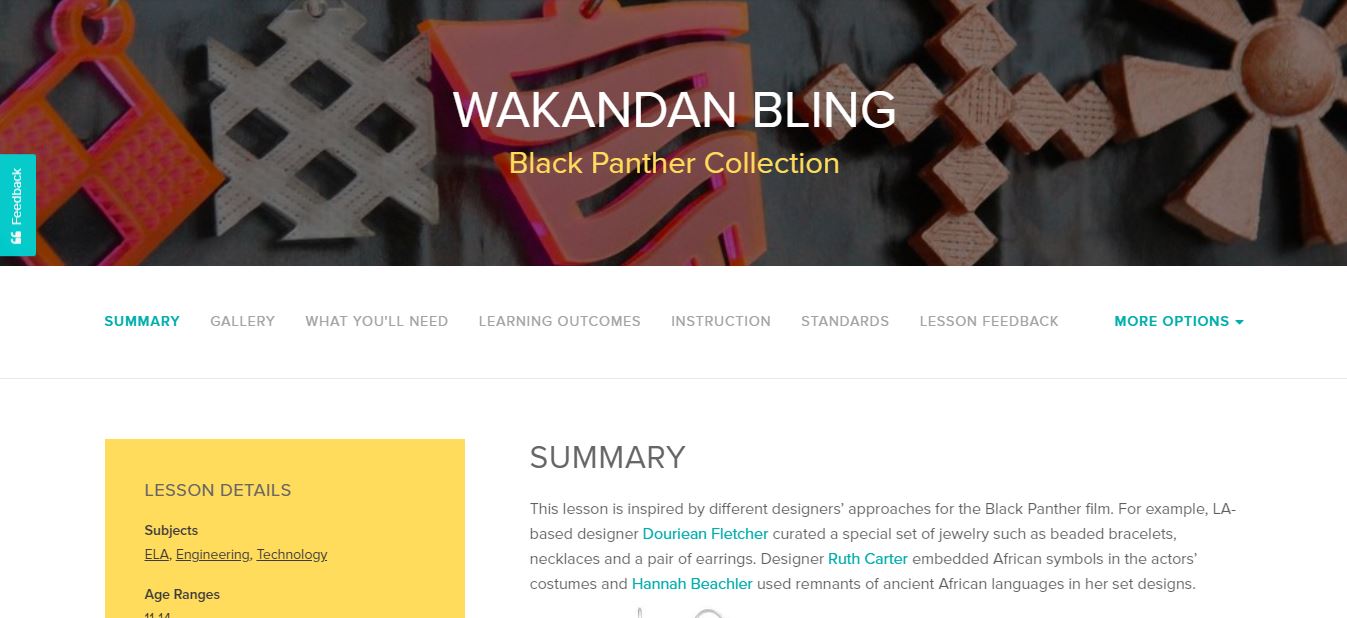
Wakandan Bling is my favorite of the many lessons on SCOPES-DF that are situated in a culturally specific craft and one of my favorites on the site as a whole. You can tell by looking at the lesson that it’s meant to do more than just teach students the basics of 3D printing. It’s also meant to center Black cultural perspectives in the classroom, encourage aesthetic exploration, and, yes, help students develop the technical skills regarding 3D design technology. Dr. Gaskins’ pedagogical telos are not only the acquisition of knowledge and practical skills but also encourage students to explore cultural practices that are not usually featured in the classroom.
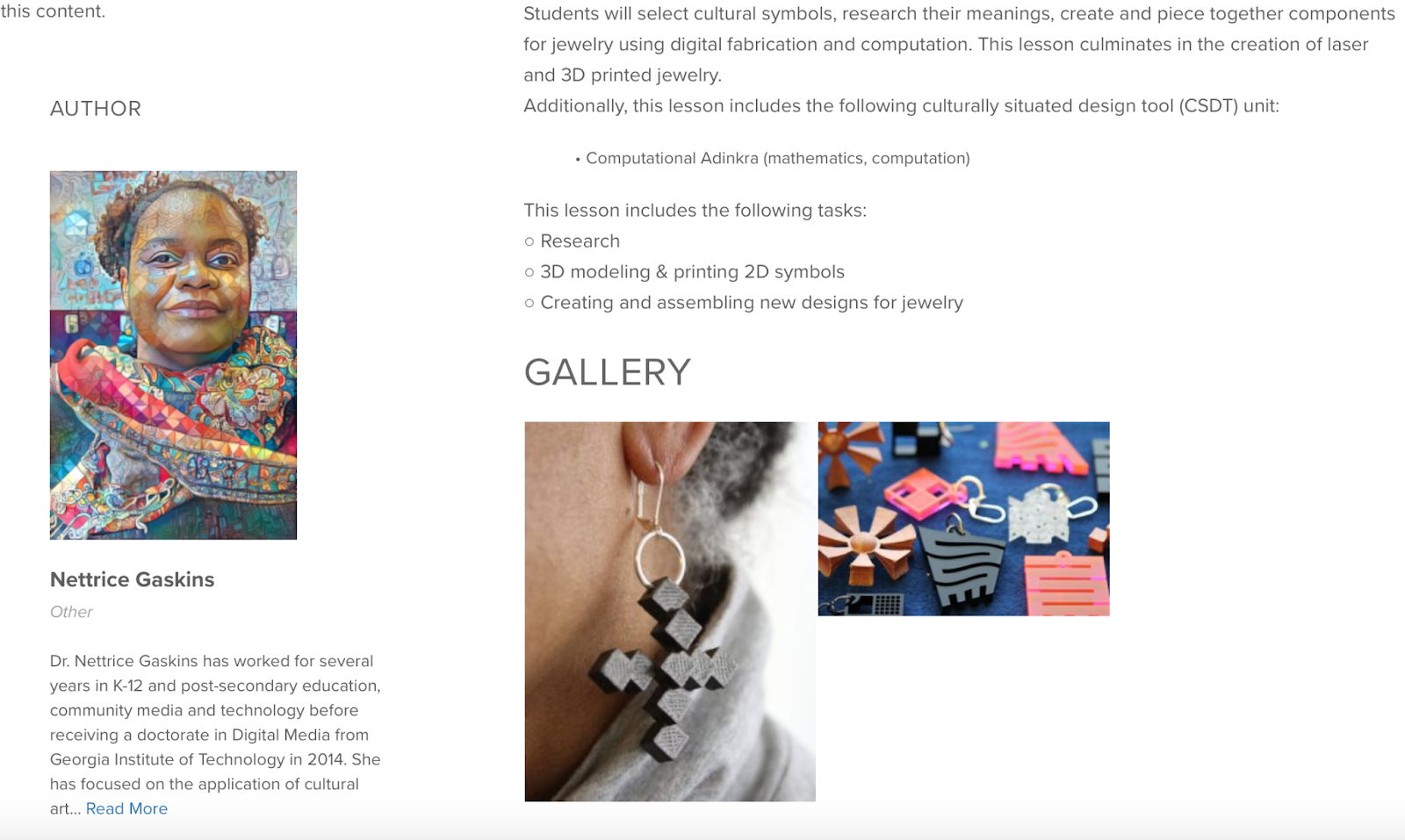
Nettrice Gaskins’ lesson showcases the types of goals we should be reaching for when we’re creating curriculum. Whenever I see lessons that are geared toward exploration, creation, and empowerment, I know that those are the lessons that are going to be both engaging to students and most helpful to them.
Take your lesson to the next level: Mindfulness towards pedagogical goals.
In high school, I took a required course in personal finance. What struck me was the disconnect between the school’s goals and the goals of the personal finance course itself. The course was a slog. It was lesson after lesson about things that I could have googled and learned about in half the time. Everyone else I talked about this class to agreed. The goal of the class was to satisfy a district requirement for a course credit, not to teach students.
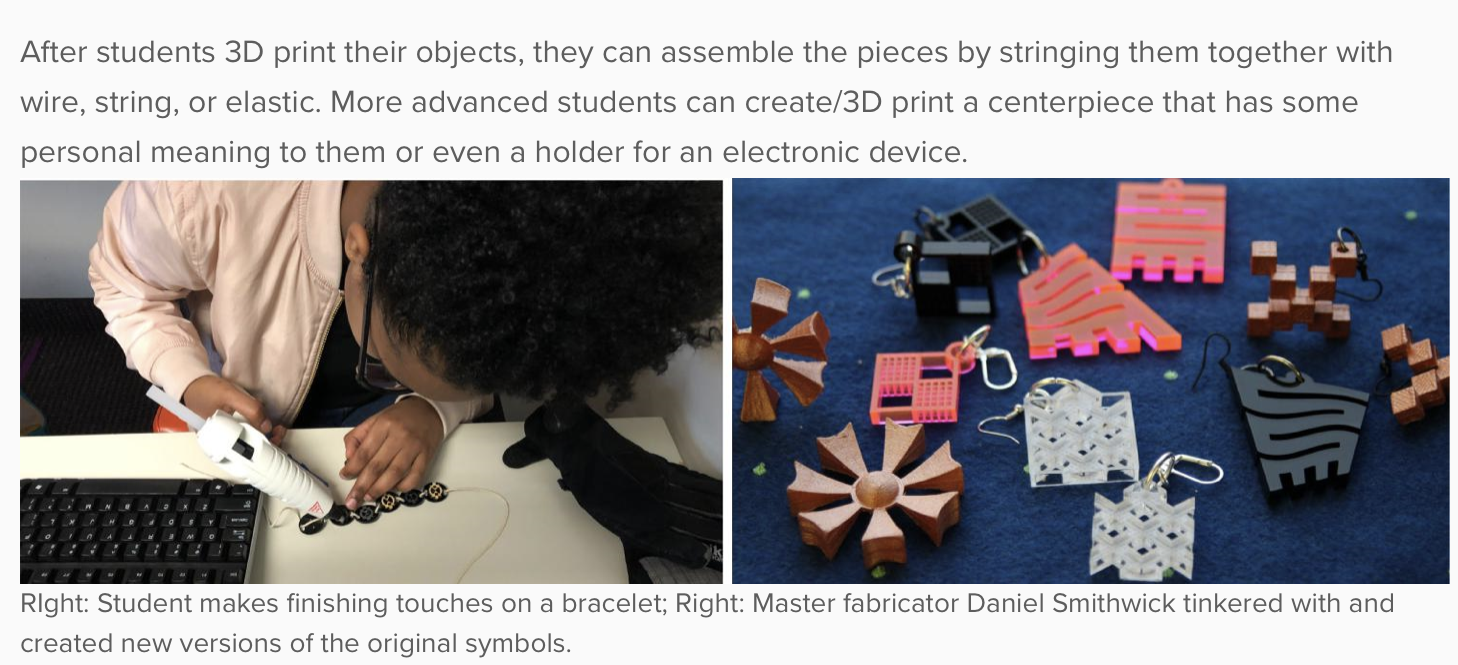
Most traditional STEM courses teach math and science as a series of facts. They’re structured as lectures on the current models created by the scientific community or equations considered to be of mathematical significance. This pedagogical telos, which is built around getting students ready for high stakes tests, helping them to conform to district standards, and situating them on a career path, deprives science education of its explorative and human aspects. It leaves students either disliking science and math class or stuck with a lot of “science facts” floating around their heads that are useless without context.
With this in mind, I’d encourage lesson creators and teachers to prioritize explorative, and empowering teloi, as opposed to practical or teach-to-test teloi. While I believe practicality and facts about the world are important to learn, they come up naturally through lessons like Wakandan Bling that support a more holistic learning goal. I see a lot of lessons on SCOPES-DF that do this really well, as well as lessons that could if they just reached a little further. Concrete ways to do this might include framing your lesson design to make it culturally relevant to students.
Final Thoughts
It’s been an interesting experience being an intern at the Fab Foundation, even during the pandemic. I think there’s a lot of space in areas like digital fabrication to explore teaching that not only puts tools of creation in students’ hands but also empowers and inspires them. Exploring what kinds of lessons you all have thought of and shared on SCOPES-DF has been fascinating, and I’ve learned a lot, especially regarding digital fabrication and culturally relevant pedagogy. I hope that any insight that I’ve had over these past few posts is helpful to this community of educators and makers.
Tagged: 100, Bling, Desmond Hearne Morrey, Featured Lesson, lesson review, Nettrice Gaskins, One hundred, review, Wakandan
Desmond Hearne Morrey is an intern at the Fab Foundation. His role includes reviewing and featuring SCOPES-DF lessons for the community blog. To read his earlier piece, click here.
Hey everyone, I’m back with a second post to talk about collaborative work in digital fabrication lessons. Collaboration across fields is essential in most STEM careers. For instance, look at how most major tech companies are structured: researchers, programmers, and designers all collaborate and influence each other’s work. So why are so many STEM classes taught like competitions with high-stakes testing and grading systems that resemble zero sum games? Here, I’ll showcase one lesson that frames group-work nicely and, later, discuss methods that educators could incorporate to promote collaborative learning into their next lesson.
Lesson Spotlight: Set the (VR) Screen: Wearable Device Designer by Aidan Mullaney
Aidan Mullaney’s lesson, Set the (VR) Screen: Wearable Device Designer, is one of the few on SCOPES-DF that features group work as an integral part of the lesson. The idea is that students form small groups of 2-4 and act as a team to design their own VR headset company. The lesson is structured in an entrepreneurial fashion, with each student playing a different role in the simulated start-up.
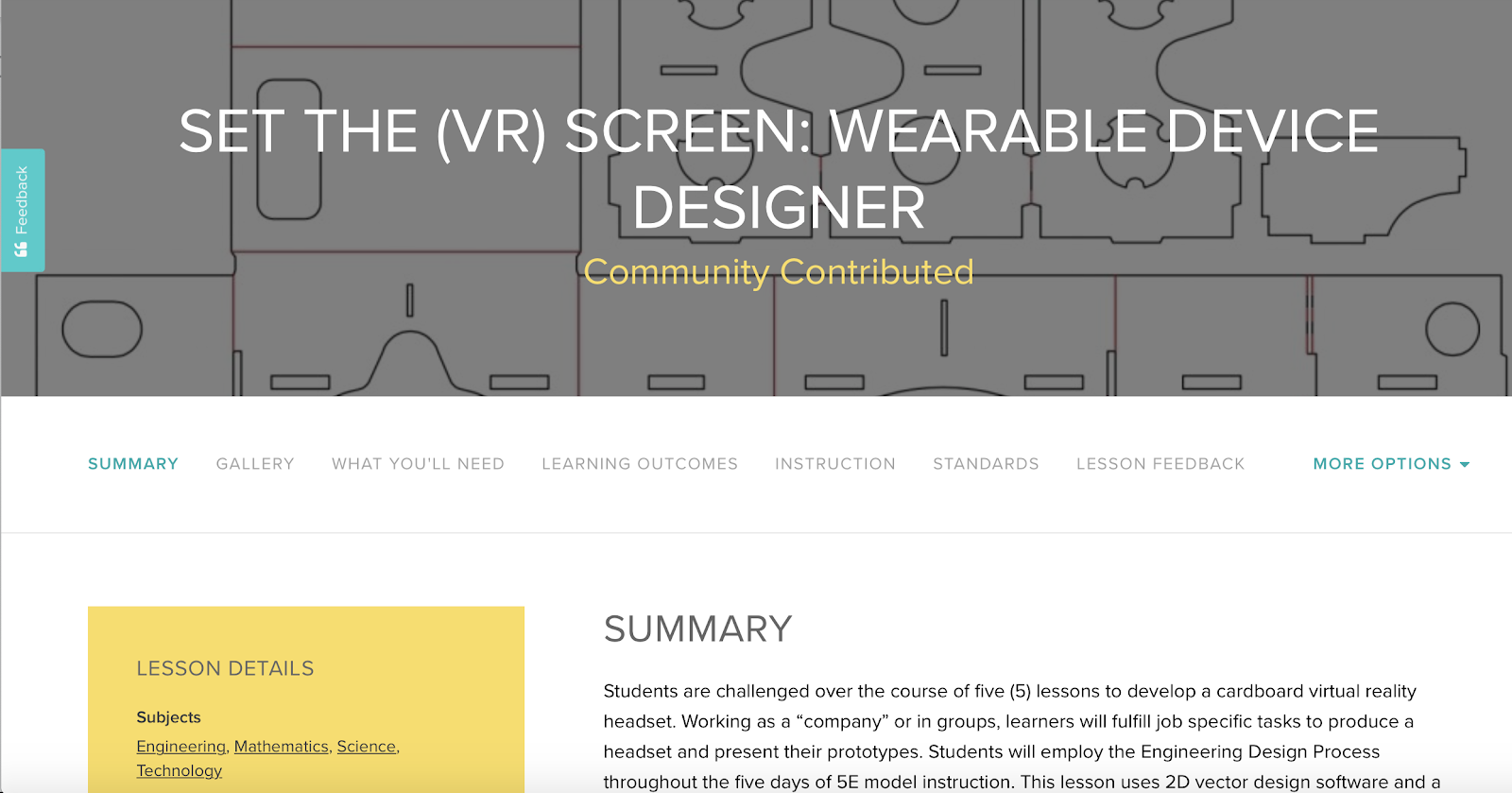
Aidan’s model of group work is effective for a few reasons. To start, each student has predefined tasks. It gives kids the opportunity to practice their collaboration skills, which are arguably more important than any technical skill. Aidan’s model also makes dividing tasks among the group a matter of lesson design, rather than leaving it to the group itself. For some educators, there’s a concern that some number of students won’t do their share of work, or that some students will dominate the project. However, in Aidan’s lesson, the group is structured to preempt this problem and the work is divided evenly among group members.
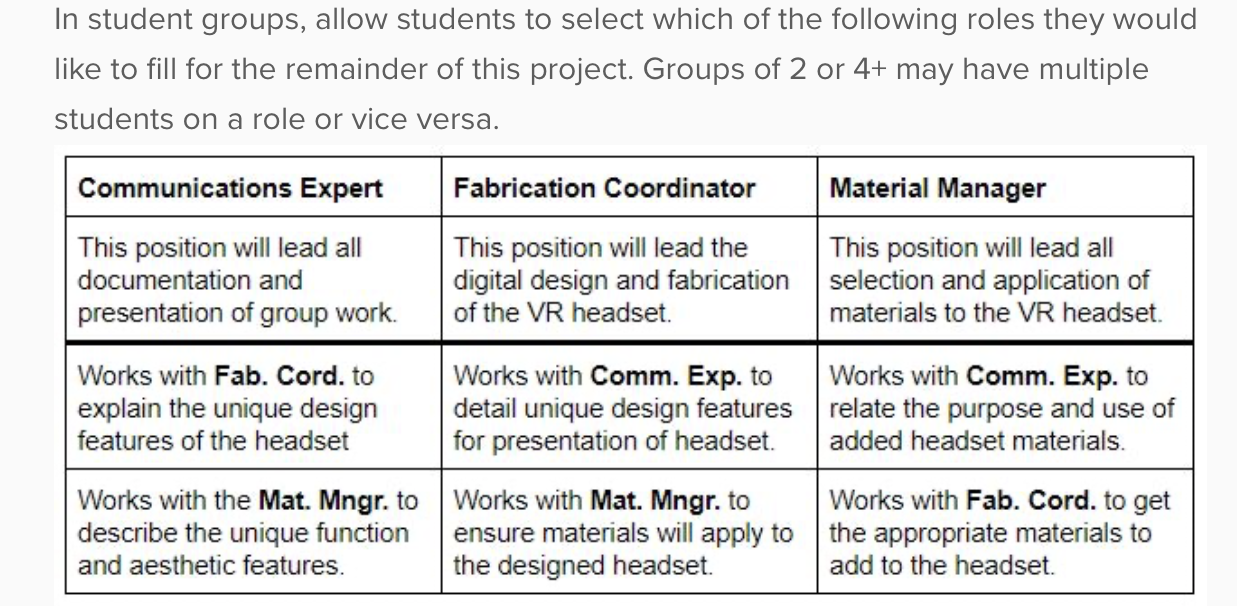
Also included in Aidan’s lesson is a portion at the end where students present their headset design to the class. He uses this space to further the entrepreneurial theme of the lesson with an auction and elevator pitch. I could also see other lessons including this collective wrap-up as a space to discuss challenges and successes in the design process for engineering lessons. Alternatively, it could be a space to allow students to ask further questions about the material in science lessons, or to collectively explore the consequences of new theorems in math lessons. Building collaborative components into the lesson allows students to build curiosity, discuss what they’ve learned (or what they still don’t understand), and help them connect with other students.
Take your lesson to the next level: “Congressive” Lesson Design
In X+Y, Eugenia Cheng’s book on gender discrimination and prejudice in mathematics, she coins the terms “ingressive” and “congressive”. She describes “the etymological idea [being] that ‘ingressive’ is about going into things and ‘congressive’ is about bringing things together.” Cheng asserts that much of mathematics education and, in fact, much of society in general is built to favor ingressiveness – competitiveness, adversarialism, and individualism. However, Cheng then shows how congressiveness – collaboration, interdependence, and cooperation – is actually more beneficial to things like research, education, and society. Knowledge, it turns out, is one of the things that grows when you share it.
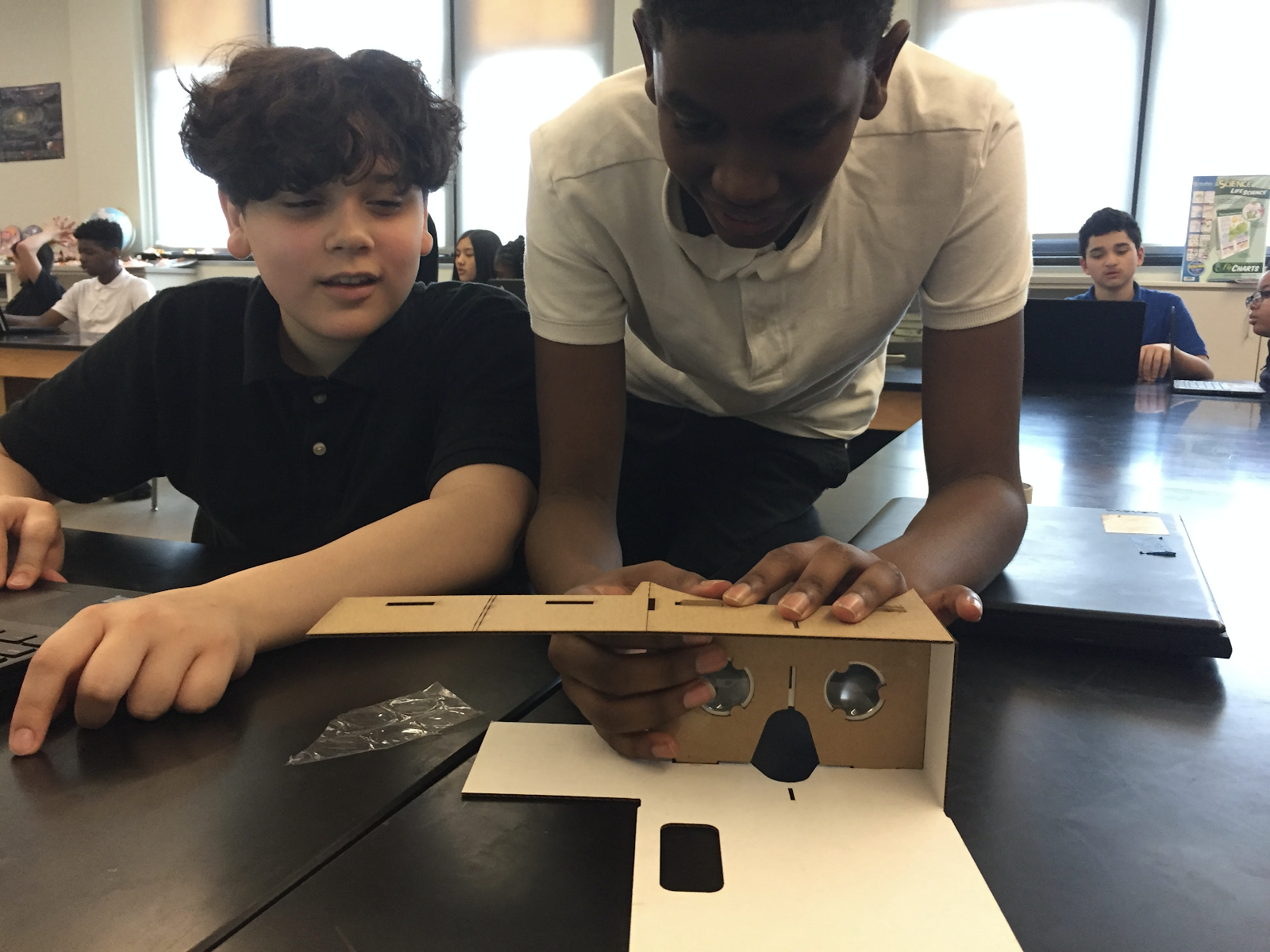
Many traditional STEM classes function as a zero sum game. Everyone can’t get an A, because then the test would be deemed by some as “too easy” and the difficulty would be increased, creating an artificial scarcity of academic success. Group work and collective discussion give students the potential to create together, connect with each other’s interests, and build on each other’s knowledge and curiosities. It eliminates or lessens the competitive and exclusionary aspects of STEM education by bringing students into a discursive space instead of positioning students as isolated and in competition. It changes learning from an artificial zero sum game, to an authentic, infinite one.
With this in mind, I’m always on the lookout for congressive lesson design when I’m browsing SCOPES-DF. Are teachers having students work alone or in groups? Are they framing the project as a competition or a collaboration? Are decisions made authoritatively or collectively? Collaboration, discussion, and teamwork is missing in a lot of STEM education right now.
Final Thoughts
I see an opportunity in a lot of SCOPES-DF lessons to incorporate more congressive lesson design. Many lessons are centered around a project, which students are often made to do individually, both limiting the scope of the project and missing an opportunity to have students work together. While things like tests are inherently designed such that students have to do them on their own, project based learning has the opportunity to bring students together around shared work and interests. So, next time you’re putting a lesson on SCOPES-DF, give some thought to whether the lesson ought to include a collaborative element and whether you want to frame learning as a competition or a collaboration.
Tagged: 100, Desmond Hearne Morrey, Featured Lesson, One hundred, Virtual Reality, VR
Hi everyone! My name is Desmond and I’m a student at Oberlin College studying creative writing, philosophy, and mathematics. This winter and spring, I’m working as an intern at the Fab Foundation. One of my first tasks has been to assist in the inventory of the lessons on SCOPES-DF. This has involved a deep dive into the world of digital fabrication and STEM education. I’ve been interested in math education reform for a long time, but the ideas on SCOPES-DF go way beyond that, and I’ve enjoyed exploring all of the lessons the Fab community has contributed. Here, I want to share some of my first impressions of the lessons I’ve explored. I will be posting reviews for the next three weeks, and in each post, I’ll feature a favorite lesson from the ones I’ve inventoried along with some technical pointers to enhance the average lesson on SCOPES-DF.
Featured Lesson: Adapt or Die by Danny Smith
We’re all familiar with the theory of evolution; depending on the environment, some traits provide an advantage to a species and those traits become more common over time. Still, it’s a concept that’s particularly difficult to show students in real life since the process happens over such a long period of time. Danny Smith’s lesson “Adapt or Die” simulates evolution in a way that students can see play out in real time, combining digital fabrication with what could almost be called a field day in exploring how evolution works.
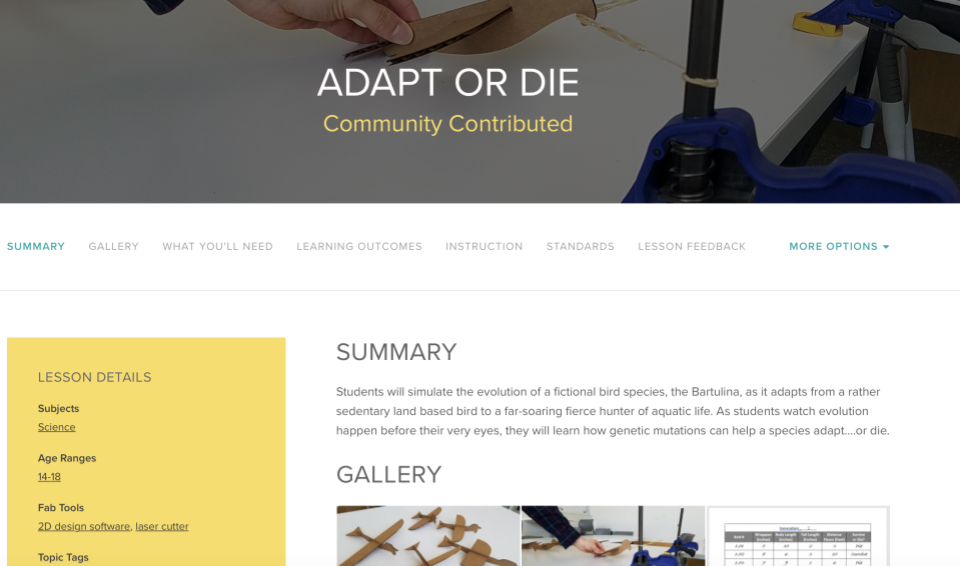
In “Adapt or Die,” students create a set of bird gliders with random traits using a laser cutter and rapid prototyping techniques. They then launch each bird using a rubber band and measure how far they were able to fly. The birds who survive are able to “reproduce” and pass along glider characteristics to subsequent generations, yielding offspring that have similar traits (aside from some mutations). The offspring then compete again, following the same pattern of adapting or “dying”. Students are able to discover, in real time, which traits are advantageous to the population (and which are not) while tracking the pedigree of each bird through a detailed worksheet supplied in the lesson.
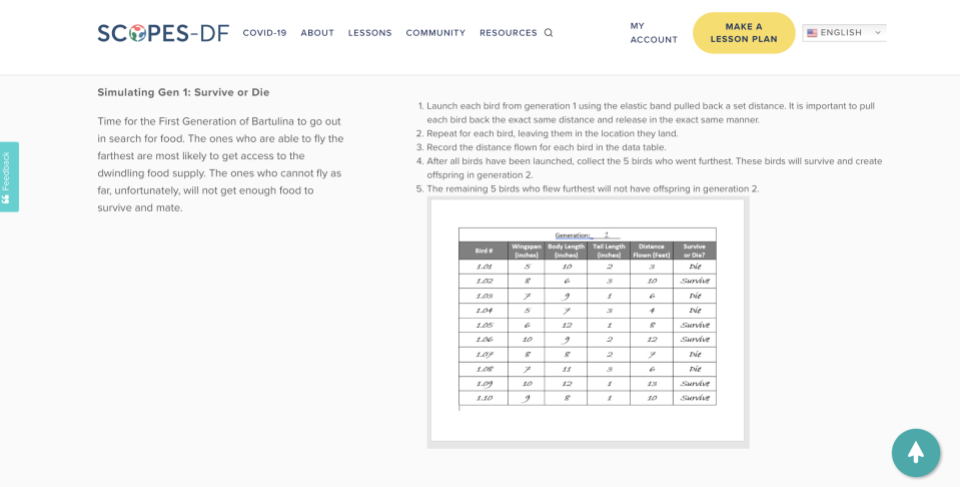
“Adapt or Die” exhibits how attention to detail and specificity can go a long way. The lesson provides good supporting materials, thorough instructions with examples, and well defined learning objectives. While many lessons on SCOPES-DF are creative and interesting, they don’t all refine that creativity through a detailed lesson plan. “Adapt or Die” is thoughtful and communicated well to potential instructors. I especially like the format of the instructions: each step of the simulation is broken down into smaller steps, which are explained with bullet points that combine to form an easy to follow lesson.
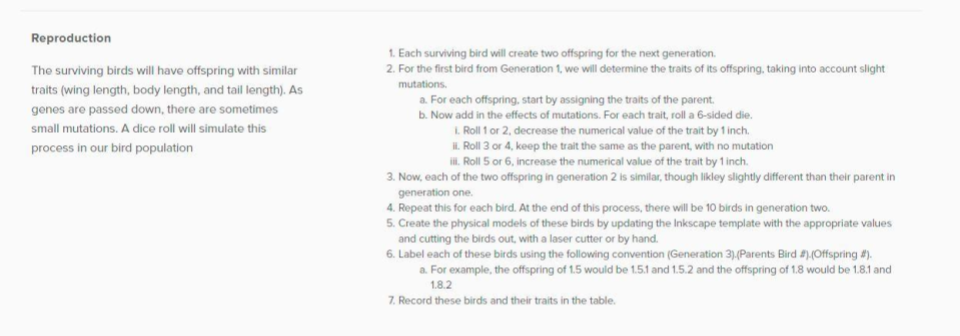
Take your lesson to the next level: Formatting & Concluding Statements
Often, when I get to the end of a lesson on SCOPES-DF, I have to go back through the material again to process all the new information. If I were a student being taught that lesson, I might leave the class excited but not quite able to put my finger on what I had learned. For most lessons, concluding statements are a great way to help students cement their understanding of the material and help teachers better understand how the lesson functions. This concluding statement could be as simple as restating the learning objectives that were written at the beginning of the lesson, yet is something that I see few lessons doing.
Additionally, most lessons would benefit from half an hour of formatting, clarifying, and spell checking. Many SCOPES-DF lessons don’t include pictures, or require clarity for specific instructions and learning objectives. The SCOPES-DF website has a set format for lessons: learning objectives, materials, and other basic information are at the top, instructions are in the middle (including the name of each step on one side and details and pictures on the other), and standards at the bottom. However, many lessons don’t fully follow that format and consequently lose clarity. If the instructions in a lesson are clear and well formatted, it becomes much easier to understand and execute the lesson.
Final Thoughts
Mainstream STEM education has some well-documented shortcomings: an overemphasis on testing, an individuating curriculum, and a disconnect from the world students live in (as exemplified by the ever-present memes about the mitochondria, which is, I am told, the powerhouse of the cell). However I’m optimistic about its future. Through methods such as incorporating digital fabrication into their lessons, educators grant students creative autonomy and provide tools students can use to express themselves within their learning. This allows students to participate creatively in their education rather than just being passive consumers of information. Math and science are deeply human pursuits, and I’m inspired by the SCOPES-DF educators who are finding ways to weave creative and collaborative digital fabrication projects into their curriculum.
Tagged: 100, Adapt or Die, Desmond Hearne Morrey, Featured Lesson, lesson review, lessons, One hundred, review

